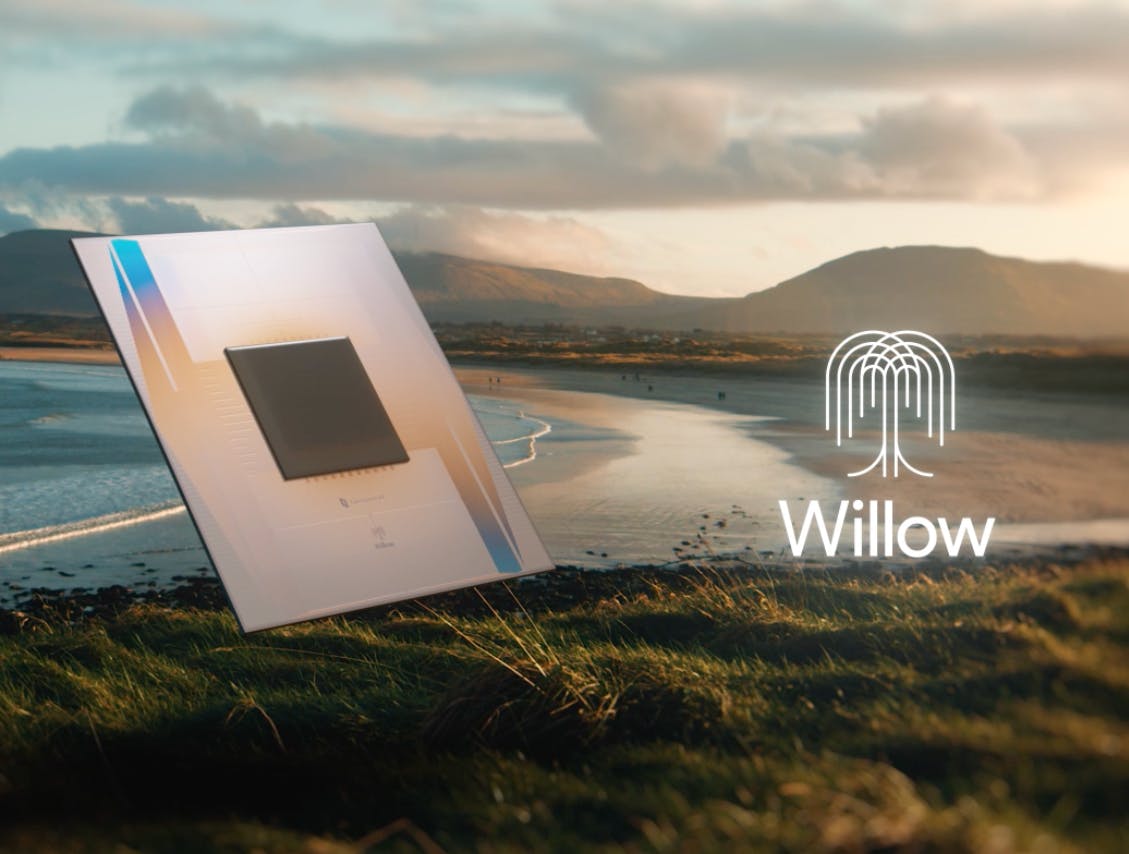Introduction
Google has unveiled its latest quantum computing breakthrough, the Willow chip, sparking discussions about its potential implications on the cryptography that underpins cryptocurrencies like Bitcoin. With the ability to solve complex problems in minutes that would take traditional supercomputers millions of years, the Willow chip raises alarms and curiosity within the crypto community.
Understanding Google’s Willow
The Willow chip features 105 qubits and is not the largest quantum processor developed, but its significance lies in its error management capabilities. Unlike traditional computers that use bits, quantum computers leverage qubits to perform multiple calculations simultaneously. Willow demonstrates that adding more qubits can actually reduce errors, positioning it as a significant advancement in reliable quantum computing.
Is Bitcoin’s Cryptography in Jeopardy?
Concerns arise as quantum computers could, in theory, breach the cryptographic algorithms essential for Bitcoin’s security. Bitcoin utilizes SHA-256 for mining and ECDSA for transaction signatures, both of which could be vulnerable to brute-force attacks from sufficiently powerful quantum machines. However, experts affirm that Willow, with its current 105 qubits, is nowhere near the estimated 13 million qubits necessary to compromise this security.
Implications of Rapid Quantum Progress
While the present threat to Bitcoin is minimal, Willow’s introduction serves as a stark reminder of the rapid advancements in quantum computing. Venture capitalist Adam Cochran notes that such breakthroughs have dramatically shortened the timeline in which quantum computers could pose a serious risk to Bitcoin—from potentially 20 years down to just 10. Furthermore, the implications extend to other blockchain-based systems, urging the need for the crypto community to prepare.
Preparing for the Quantum Future
The crypto industry is proactive in addressing the potential risks of quantum computing. Suggestions for upgrading Bitcoin’s security include phasing out older transaction formats that expose public keys and transitioning to quantum-resistant algorithms—actions that would require community consensus and possible hard forks.
Quantum Computing: Threat or Opportunity?
The discussion around quantum computing isn’t solely focused on its threats to current encryption techniques; it also encompasses the immense potential it holds for various industries. Future quantum advancements could revolutionize sectors like drug discovery, battery technology, and financial modeling, while also improving the security of blockchain systems.
Key Takeaways
- Google’s Willow chip signifies a crucial step in quantum computing with enhanced error management.
- Bitcoin’s cryptography is not currently at risk from Willow, but vigilance is necessary as quantum technology evolves.
- The crypto community must advocate for post-quantum solutions to enhance security against future risks.
- Quantum advancements promise not just risks but also groundbreaking opportunities across various fields.

